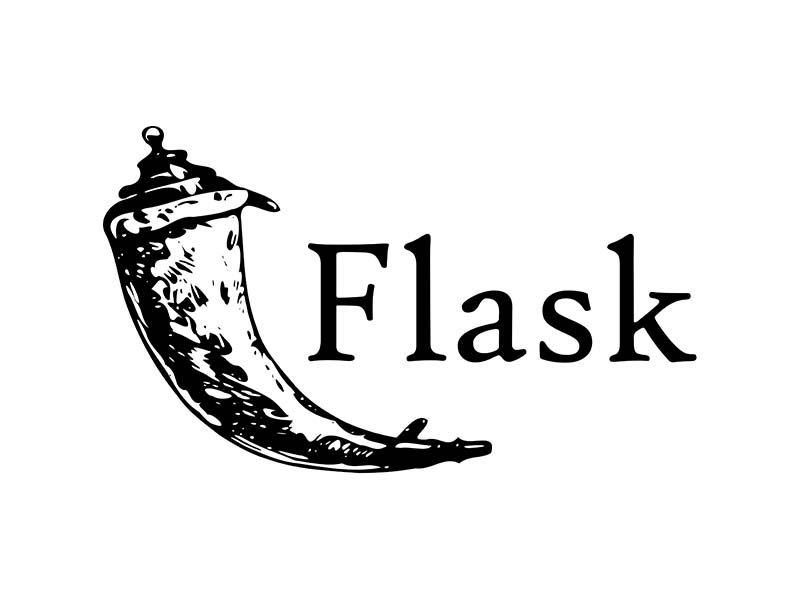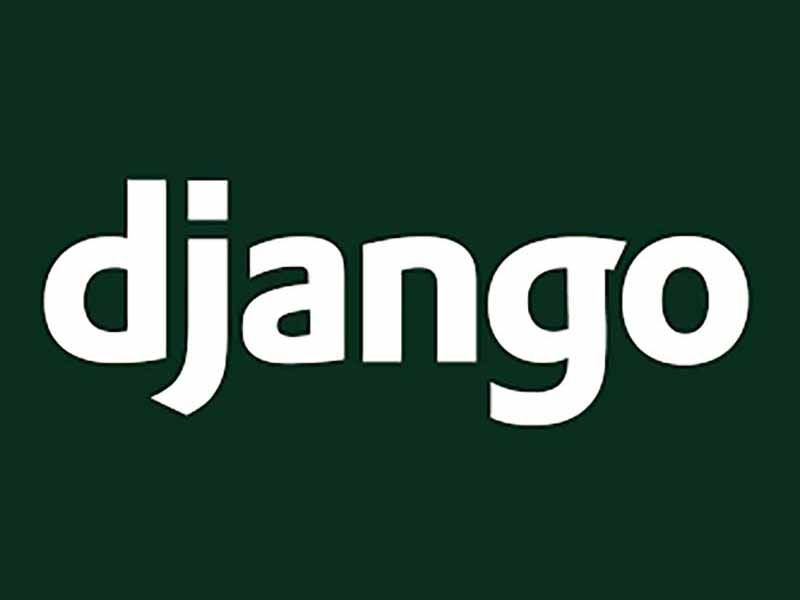Flask Blueprints vs. Django Apps
Learn the main differences and similarities between Flask Blueprints and Django Apps, two powerful concepts widely used in modern web development.

Flask Blueprints and Django Apps are both mechanisms for organizing and structuring web applications, but they are associated with different web frameworks (Flask and Django) and have some key differences in terms of their implementation and use cases. Thanks for reading!

✅ Flask Blueprints
Flask is a micro web framework, which means it provides the essential components for building web applications but leaves many decisions to the developer. Flask Blueprints are a feature of Flask, designed to enhance code organization and maintainability in Flask applications.
👉 Modularity
Flask Blueprints promote modularity by allowing you to break down your Flask application into smaller, reusable components. Each Blueprint represents a module within your application, such as user authentication, blog management, or API endpoints.
👉 Independence
Blueprints are independent of the main Flask application. They can be developed, tested, and maintained separately from the core application, making them useful for structuring larger applications or when multiple developers are working on different parts of the app.
👉 Routing
Blueprints define routes, URL patterns, and view functions just like the main Flask application. Routes within Blueprints are scoped, which means they can have a prefix that helps in creating organized URL structures.
👉 Templates and Static Files
Blueprints can include their own templates and static files, allowing for the organization of HTML templates and static assets (CSS, JavaScript, images) specific to each module.
✅ Django Apps
Django is a full-stack web framework that comes with many built-in features and conventions for developing web applications. Django Apps are a fundamental part of Django's architecture and serve as reusable components for structuring Django projects.
👉 Modularity
Django Apps encourage modularity by dividing your Django project into smaller, self-contained components. Each app represents a specific part of the application, such as user authentication, admin interface, or a blog system.
👉 Reusability
Django Apps are designed for reuse not only within a single project but also across different Django projects. This reusability is valuable for common functionalities like authentication or content management.
👉 Integrated Features
Django Apps include a wide range of integrated features, such as models for defining database schema, views for handling requests, templates for rendering HTML, and admin interfaces for data management. These components are tightly integrated and follow Django's conventions.
👉 Admin Interface
Django Apps are often associated with admin interfaces that are automatically generated based on the app's models. This makes it easy to manage data for each app.
✅ In summary
Flask Blueprints are a feature of the Flask framework that enhances code organization and modularity in Flask applications. They are lightweight and flexible, making them suitable for microservices and smaller projects.
On the other hand, Django Apps are a core architectural component of the Django framework, providing a more integrated and feature-rich approach to structuring and developing web applications.
They are well-suited for larger and feature-rich web applications that benefit from Django's built-in functionality. Your choice between Flask with Blueprints and Django with Apps depends on the specific requirements and complexity of your project, as well as your familiarity with each framework.
✅ Resources
- 👉 Access AppSeed and start your next project
- 👉 Deploy Projects on Aws, Azure, and DO via DeployPRO
- 👉 Create landing pages with Simpllo, an open-source site builder
- 👉 Django App Generator - A 2nd generation App Builder